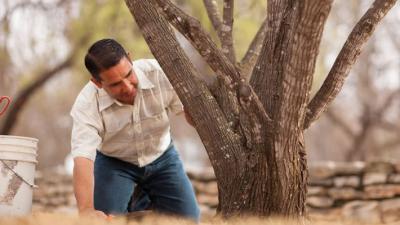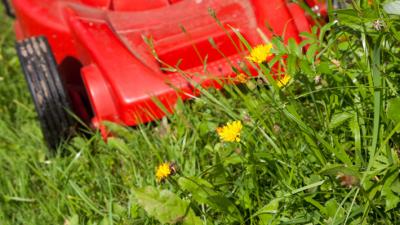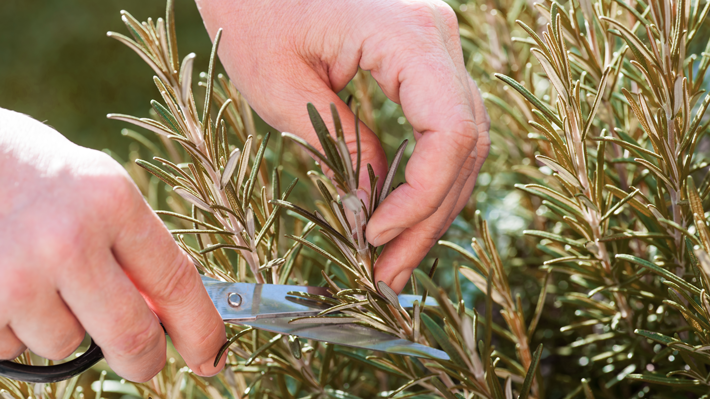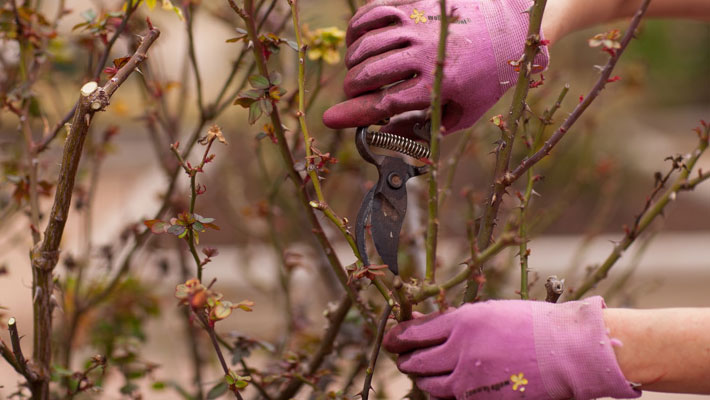Plants are resilient, so wait and watch. There’s nothing you can apply or “water in” to help frozen flora.
Clocks have sprung forward, sweet spring days have arrived and — despite the deep freeze of February 2021 — green shoots are returning to landscapes in a hurry throughout South Central Texas.
Flowers, pollinators (and even fertilizer!) have returned to gardener’s minds. And as our recent Spring Bloom webinars revealed, so have many questions concerning the best landscaping practices going forward.
Our advice: Wait and watch. There’s nothing you can apply or water in to help frozen plants. Plants are resilient. They can tolerate extremes, so don’t despair. Instead, enjoy the return of life to the landscape.
For damaged plants, including palms, sagos, citrus, succulents and viburnums, experts agree it’s best to wait until April to assess their condition, as most of these plants won’t make new leaves until fairly late in spring.
For the rest, Garden Style San Antonio provides a handy maintenance schedule that can be filtered by any month of the year. March is an especially good time to get grass and perennials ready for spring.
Trees
Due to oak wilt, oak trees should not be pruned after February. For the rest, most arborists are waiting to see whether leaf buds return before pruning accordingly. You can do a quick test by scratching back a little bark from a small branch to see if the tissue underneath is green. If so, it’s alive. Most trees recommended for San Antonio are tolerant of extreme temperatures in both summer and winter, but a few like Mexican olive can be restarted from the roots if the aboveground trunks are damaged.

Lawns
It’s too early for grass to take up any fertilizer, generally until the ground warms up in April. However, with a bumper crop of spring weeds it’s not a bad time to keep up with the mowing. It’s also an excellent time to apply a half-inch of compost (to provide a boost to the roots) and finish any aerating.

Herbs
March is the end of the line for winter herbs like cilantro. And this year, it looks like it may have been the end of the line for many rosemary plants, which don’t normally receive polar temperatures in their Mediterranean homelands. Rosemary can always be cut back. But if it must be replaced entirely, at least it’s one of the easiest and fastest herbs to grow.

Perennials and roses
Avoid cutting everything to the ground — many birds, lizards and other animals will be nesting soon. If you normally cut back your perennials in March, the main difference you’ll notice is a lot more deadwood above ground this year. Rule of thumb: cut back until you see green, or down to four inches, whichever comes first. And save a few for the wildlife this year.

If you look closely, plants will tell you where to prune. The hardest thing to apply to the landscape is patience.
For more tips on landscape maintenance, visit GardenStyleSA.com.




